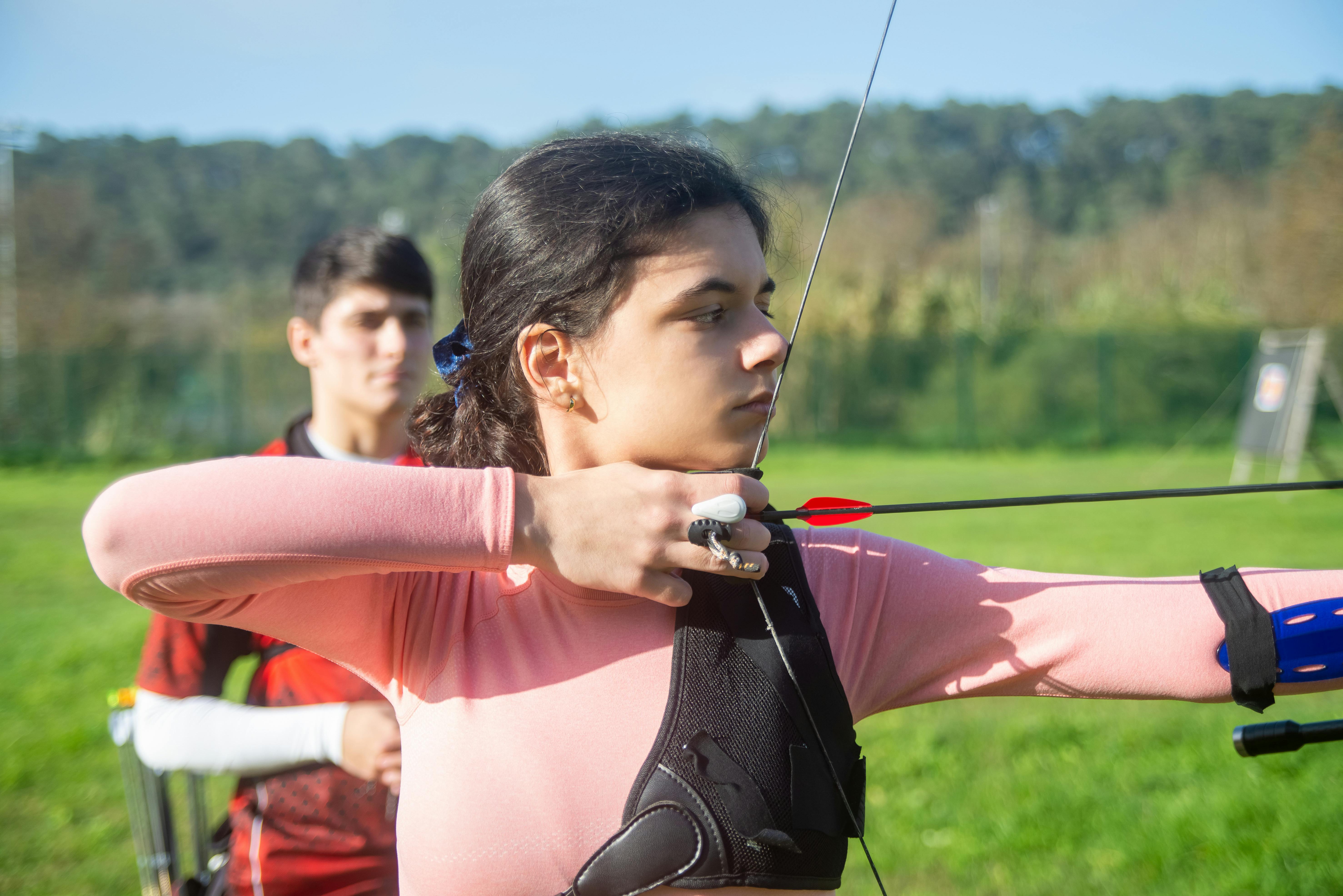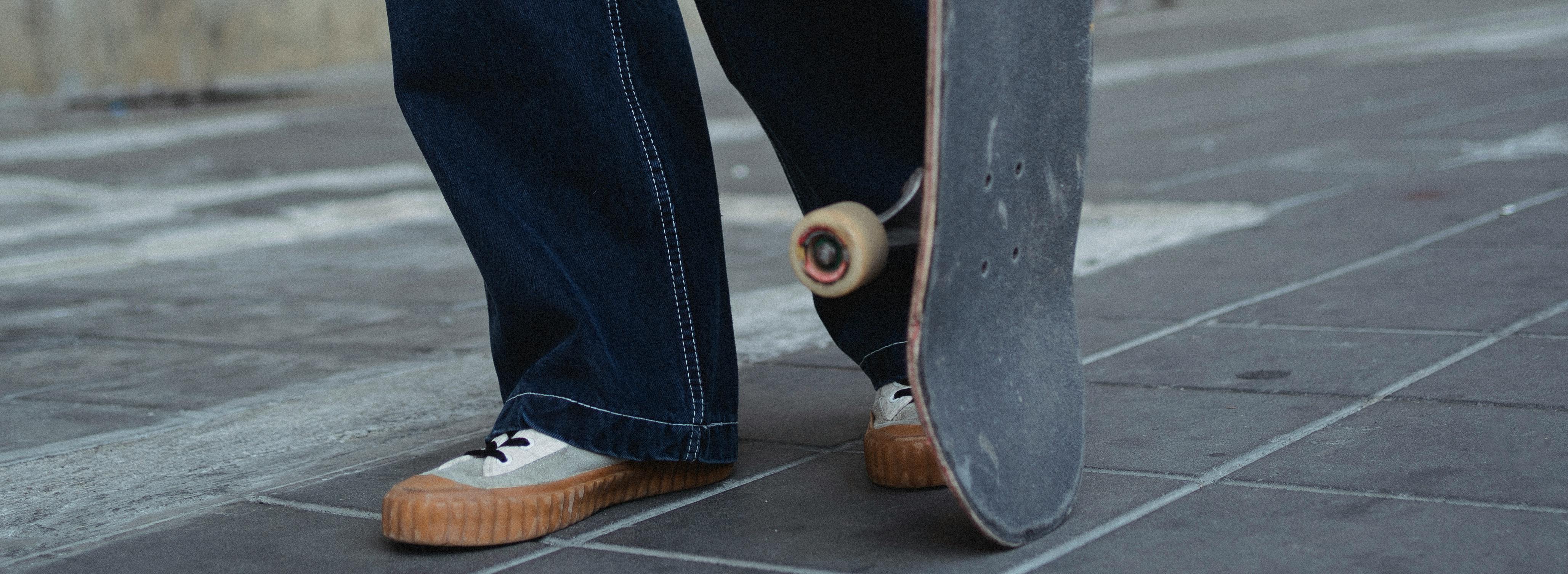Walk with me along the white coral beach, palm trees swaying in the tropical sea breeze as dust eddies dance across stretches of empty sand.
Can you hear it? Reggae rhythms waft through the air amid smells of spicy pork roasting over the red glow of charcoal grills.
Stick around a little longer and you just might catch a whiff of spicy “ganja” being smoked somewhere not too far away. There may be some Rastafarians nearby, you tell yourself.
Welcome to Jamaica.
English is the first language here, but without specialized practice, tuned ears, and a healthy dose of linguistic patience, chances are you won’t understand much of the local English “patois.”
“Is that REALLY English?” you might wonder. Yes, dear, it is. And so is a proud variety of English. In fact, speaking Jamaican is a unique experience.
One of the inherent tasks of teaching EFL or world communication in English as a lingua franca is to understand the language in a variety of dialects, patois, pidgins and the accents that accompany it. Try listening to an English reggae hip hop patois song by Sean Paul as an example.
speaking jamaican
Would you like to try “speaking Jamaican”? Then try wrapping your tongue around these examples:
“Faith I cyar.”
Translation: “It’s my car.”
“My a go left day.”
Translation: “I’m leaving today.”
“Sell my wan bokkle to iyl.”
Translation: “Sell me a bottle of oil.”
“That’s my bredda.”
Translation: “That’s my brother.”
“Coodeh, do you see the big bud on the tree?”
Translation: “Look at the big bird in the tree.”
“Bwaay! My wudda eazy test tink.”
Translation: “Wow! I thought that test would have been easy.
“Mi like yuh cry cyar.”
Translation: “I like your new car.”
“Yuh did you see that?” “To who?”
Translation: “Did you see that?” “Who is that?”
“She is my bess bess fren.”
Translation: “She is my best friend.”
“Oonu can cum with me.”
Translation: “You can all come with me.”



